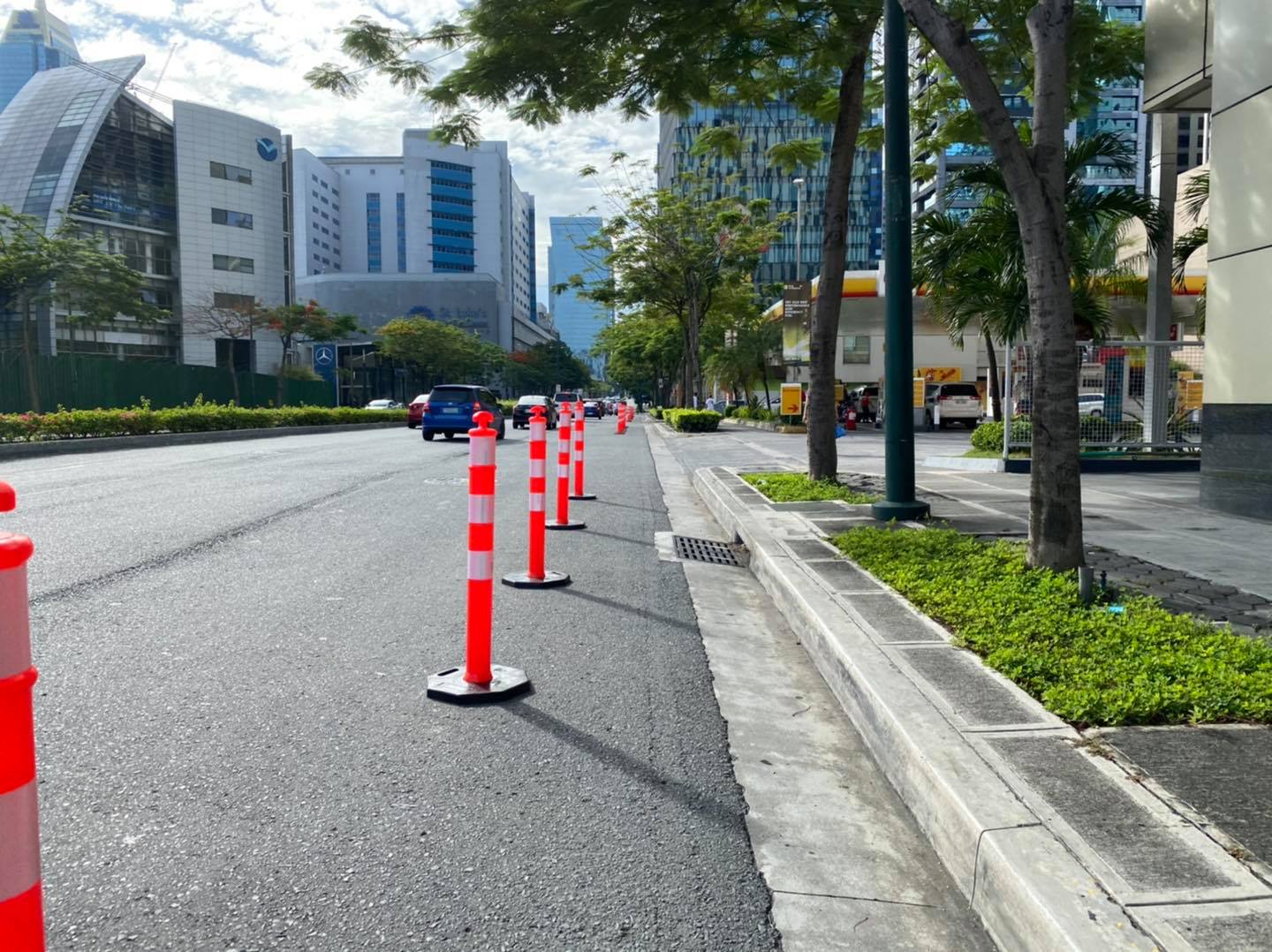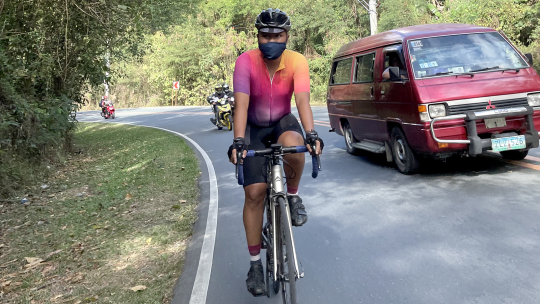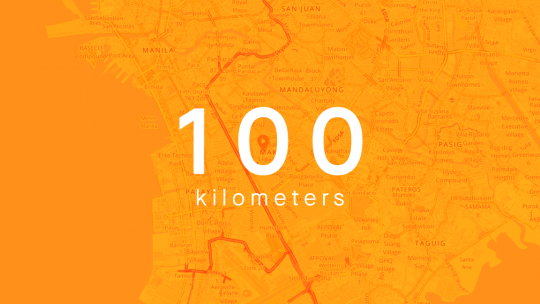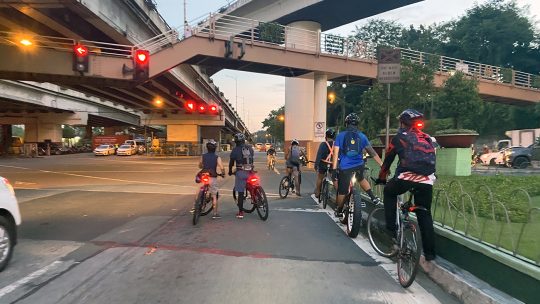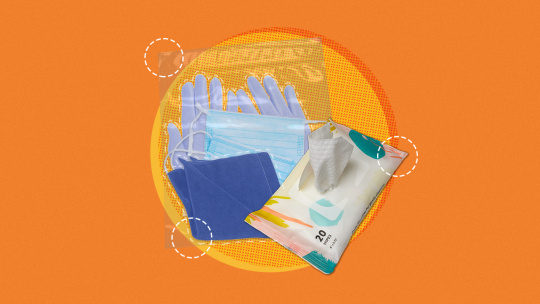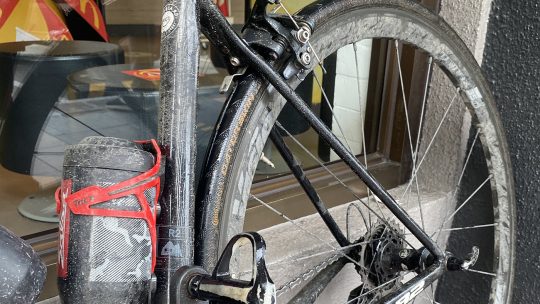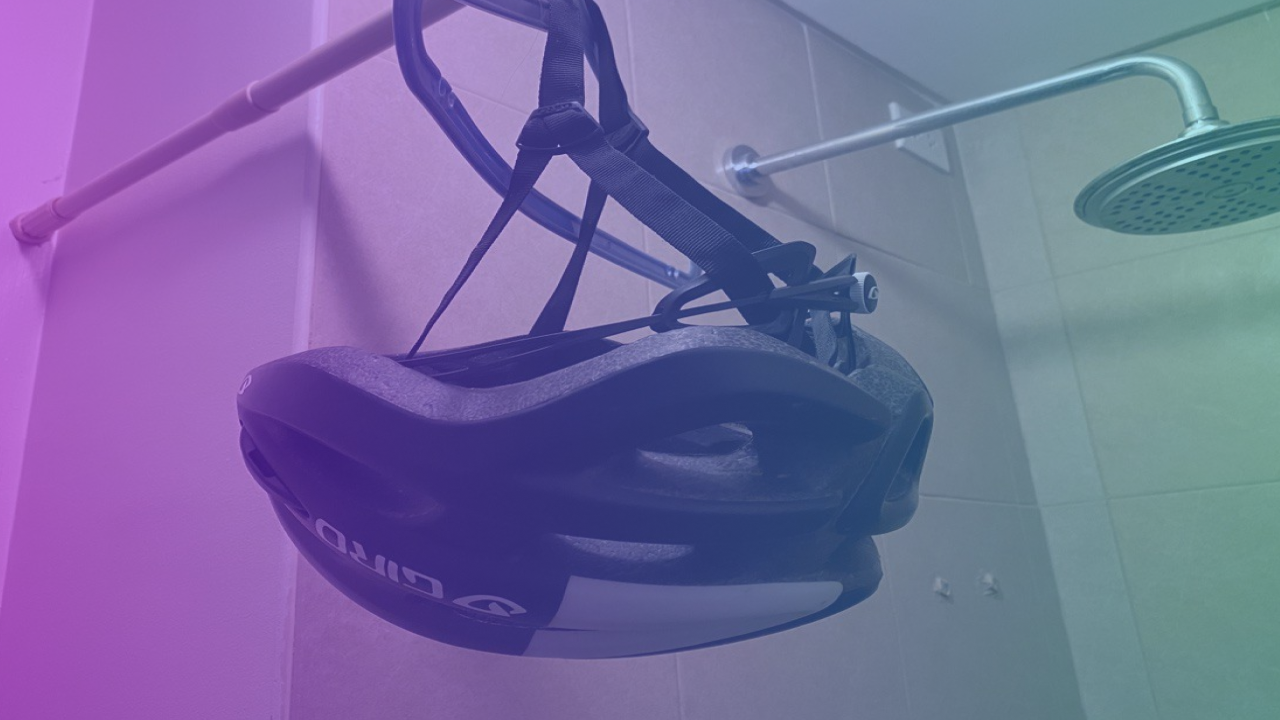In the past months, there has been a push, both within and outside the cycling community, for protected bike lanes. There are local government units that have heeded the call and established bike lanes along certain roads. Recently, however, there has been controversy surrounding cyclists who ride outside bike lanes, with some people questioning why these cyclists ride outside the bike lane when there already is one. Others even call for penalties to be imposed on cyclists who don’t use the existing bike lane.
There are several reasons why cyclists leave the bike lane and why it’s perfectly fine for them to do so. Here are some of them:
1. There are hazards or obstructions on the bike lane.
Any cyclist who has traversed Metro Manila would know that the rightmost lane of roads where bike lanes are situated are often filled with hazards or obstructions. These may be negligible to other vehicles but could prove dangerous to those on bikes. Manholes and metal covers pose a risk of slipping or skidding, especially when riding in the rain. Potholes could cause pinch flats for those who ride through them suddenly without redistributing their weight. Potholes sometimes have debris that could damage bicycle tires as well. There are also obstructions that simply don’t allow for people on bikes to stay within the bike lane without crashing into them such as parked or moving vehicles on the bike lane.
2. Many bike lanes are too narrow.
When designing the width of a bike lane, it is not enough to design for a single bicycle in itself. People on bikes need enough space to ride safely. There are bike lanes that are so narrow that cyclists end up riding on the gutter. Riding too close to or on the gutter increases the risk of a bicycle’s pedals hitting the curb, which may cause the person on the bike to slip and hurt themselves and potentially other cyclists using the bike lane.
3. Cyclists of different levels ride at different speeds.
With the way many of the current bike lanes in Metro Manila are designed, there seems to be an expectation that cyclists don’t overtake each other. People who bike on the road are of different experience levels: some have been commuting by bike for several years while others have just started. Naturally, cyclists of different skill levels ride at different speeds. It’s okay and even more beneficial for faster cyclists to overtake those who would like to ride slower: it’s safer for faster cyclists to maintain their speed in order to stay balanced and keep their momentum, while slower cyclists don’t need to feel pressured to ride faster than they’re comfortable with.
4. Cyclists need to go out of the bike lane when turning or changing lanes.
When turning left or to a road without a bicycle lane, naturally, people on bikes will have to go out of the bike lane in order to continue their route. Additionally, most bicycle lanes, particularly in Metro Manila, are not part of a safe, direct, cohesive network. Not all roads are built with bicycle lanes and even roads that do have bicycle lanes end at some point. There currently aren’t many bicycle lanes that span different cities and many bike commuters have to do inter-city travel to get to and from work.
5. Bicycles are vehicles and have a right to the road.
Bicycles are still vehicles that transport people from place to place, and vehicles have a right to the road. Moreover, cyclists are considered vulnerable road users. As vulnerable road users, they need to make decisions about how to be safest while riding and as mentioned in the previous reasons, there are times when riding outside the bike lane is what is safest.
It is all too common to criticize the behavior of those who bike when one doesn’t understand how cycling works. While the intentions of some critics may be good, it is ultimately counterproductive to make such quick judgments without making an effort to understand the experience of cyclists. There are usually reasons why cyclists do what they do, as what we have listed above, and these reasons boil down to being able to get around safely and efficiently.
The point of establishing cycling infrastructure is to increase the modal share of bikes: to incentivize more people to choose cycling as a form of transport. Fixating on what look like faults and treating cyclists the same way motorists are treated is not only counterproductive but can potentially work against the welfare of cyclists. More than simply protecting existing cyclists, increasing the modal share of bikes and encouraging cycling benefits everyone else: it allows for those who need to use cars, such as ambulances and other emergency vehicles, to get to their destination on time, it’s good for business, and it’s good for the environment, among many other reasons.
Bike lanes are meant to keep cars out, not keep cyclists in. At the moment, most bike lanes in the country are designed for the sake of having a bike lane and can hardly be considered as safe systems. Cyclists are vulnerable users who need to make judgment calls about where it is safest to ride. Sometimes, the safest place to ride is outside the bike lane. And that should be okay.
Written by Karen Sison and King Filart

